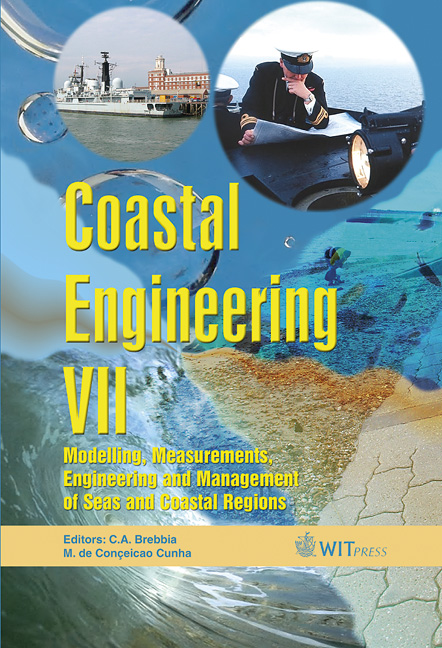Field Observation Of Nitrogen Supply Processes In Ariake Bay
Price
Free (open access)
Transaction
Volume
78
Pages
10
Published
2005
Size
7,452 kb
Paper DOI
10.2495/CE050091
Copyright
WIT Press
Author(s)
Y. Koibuchi & M. Isobe
Abstract
Ariake Bay is one of the most important shallow water regions for fisheries in western Japan. In the past, strong tidal mixing and high turbidity prevented red tide occurrences. However, in 1980s, red tide began to occur in Ariake Bay. In 2000, a poor harvest of seaweed occurred due to red tides which absorbed most of the nutrients for their uptake. This paper describes the process of formation of red tides and oxygen depleted water near the sea-bed based on continuous measurement and discusses the nutrient supply processes in Ariake Bay. Nitrogen concentration was a major regulator of phytoplankton biomass. Light availability is often the predominant factor when nitrogen concentrations are non-limiting. About 85% of the nutrient salt in Isahaya Bay was supplied from Chikugo River, and the remaining 15% was discharged by the drainage from a reservoir at Isahaya Bay. Keywords: Ariake Bay, Isahaya Bay, phytoplankton, red tide, oxygen-depleted water, nitrogen, seaweed, chlorophyll a, salinity, stratification. 1 Introduction Ariake Bay is one of the major shallow water regions for fisheries. For example, about 40% of seaweed which is one of the most important food products in Japan is cultivated in this region. If poor harvest of seaweed occurred in this region, it will have a big impact on Japanese people and their food culture. The bay is located in the west Japan, 80 km in length and 45 km in width, and average depth about 15m (Figure 1). Strong tidal mixing with large tidal range and high turbidity prevented red tide occurrences and incidence of oxygen depletion in the bottom water in the past (Tsutsumi et al., [8]). In 1980s, red tide began to occur
Keywords
Ariake Bay, Isahaya Bay, phytoplankton, red tide, oxygen-depleted water, nitrogen, seaweed, chlorophyll a, salinity, stratification.





